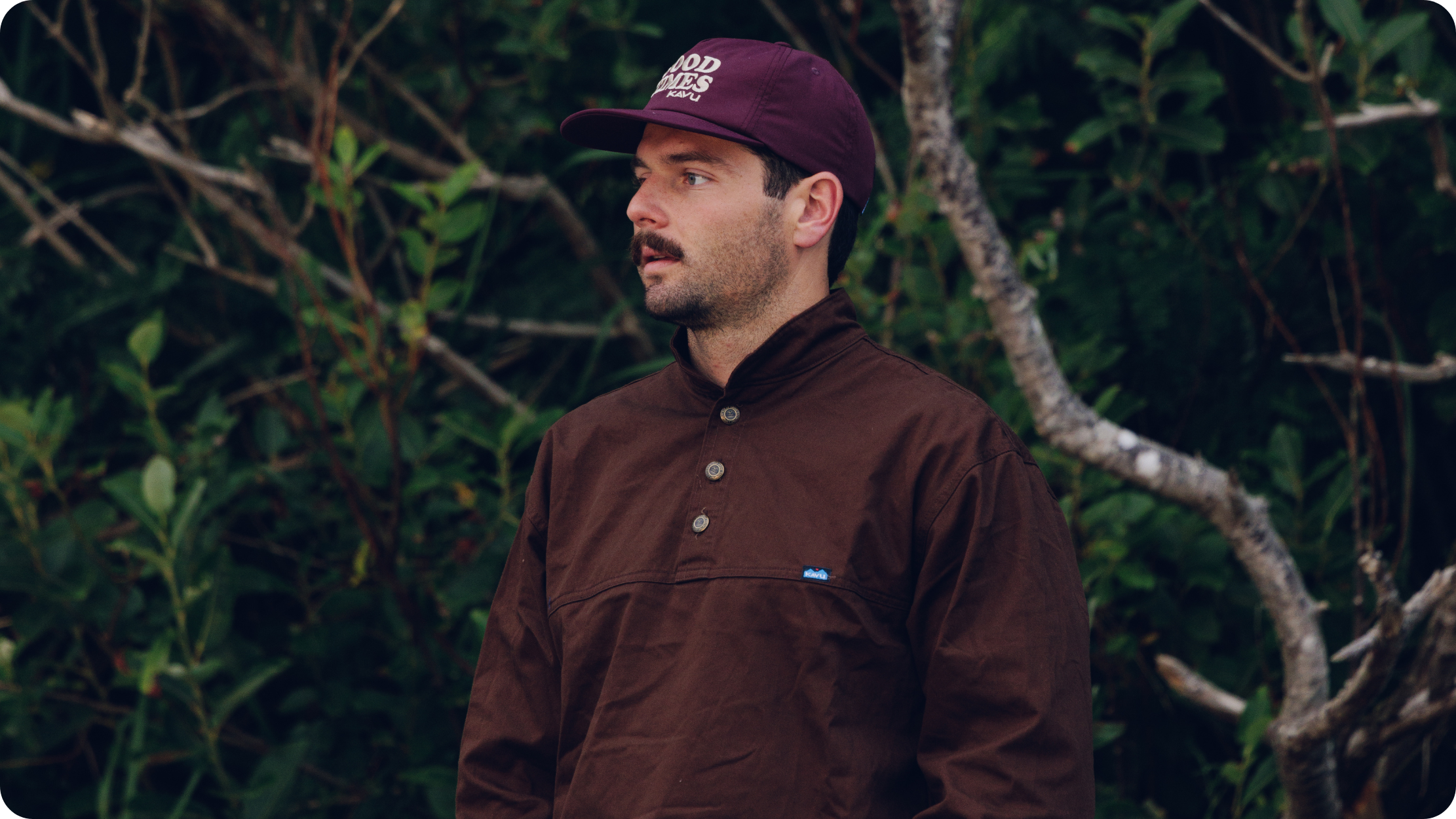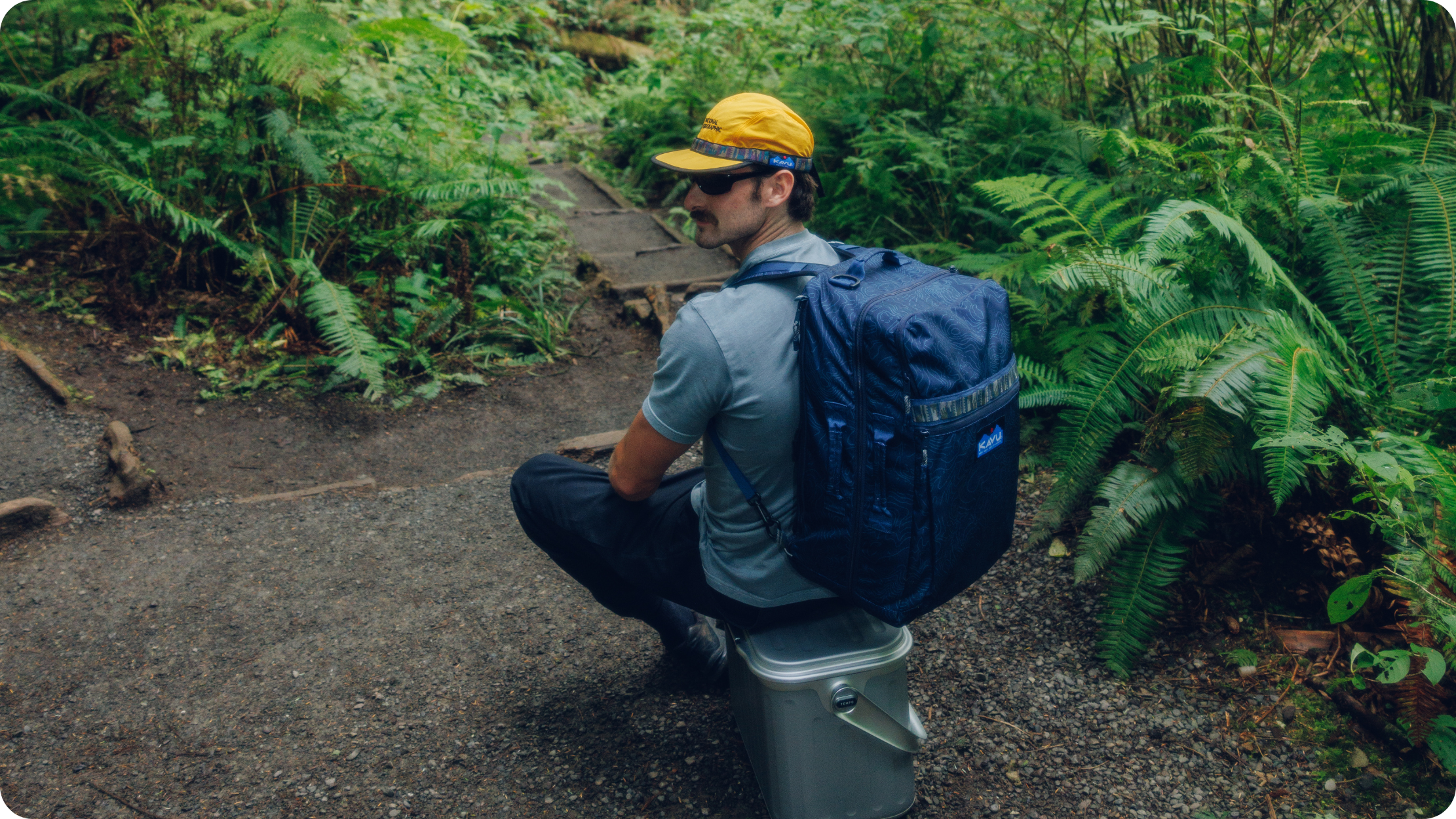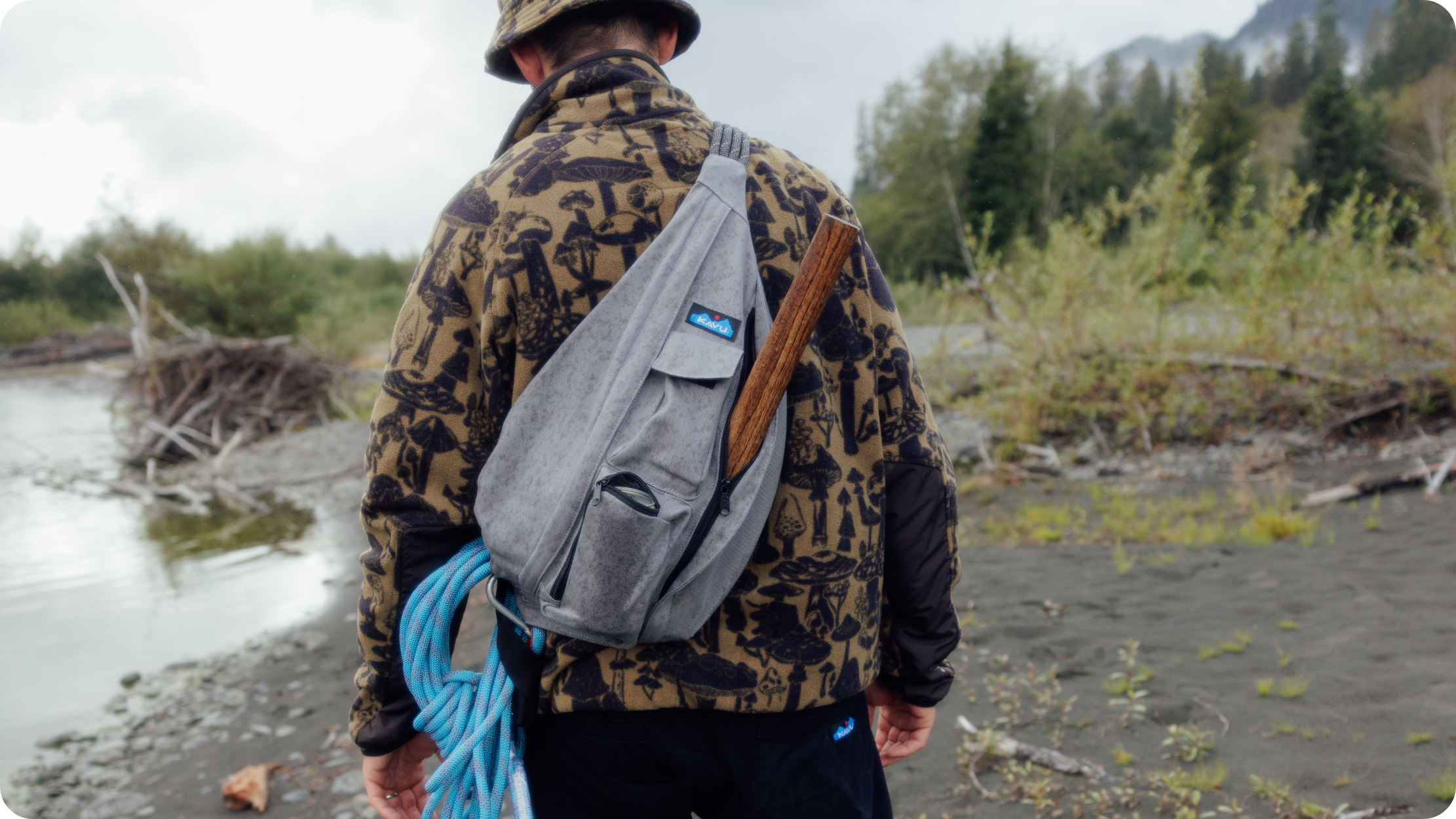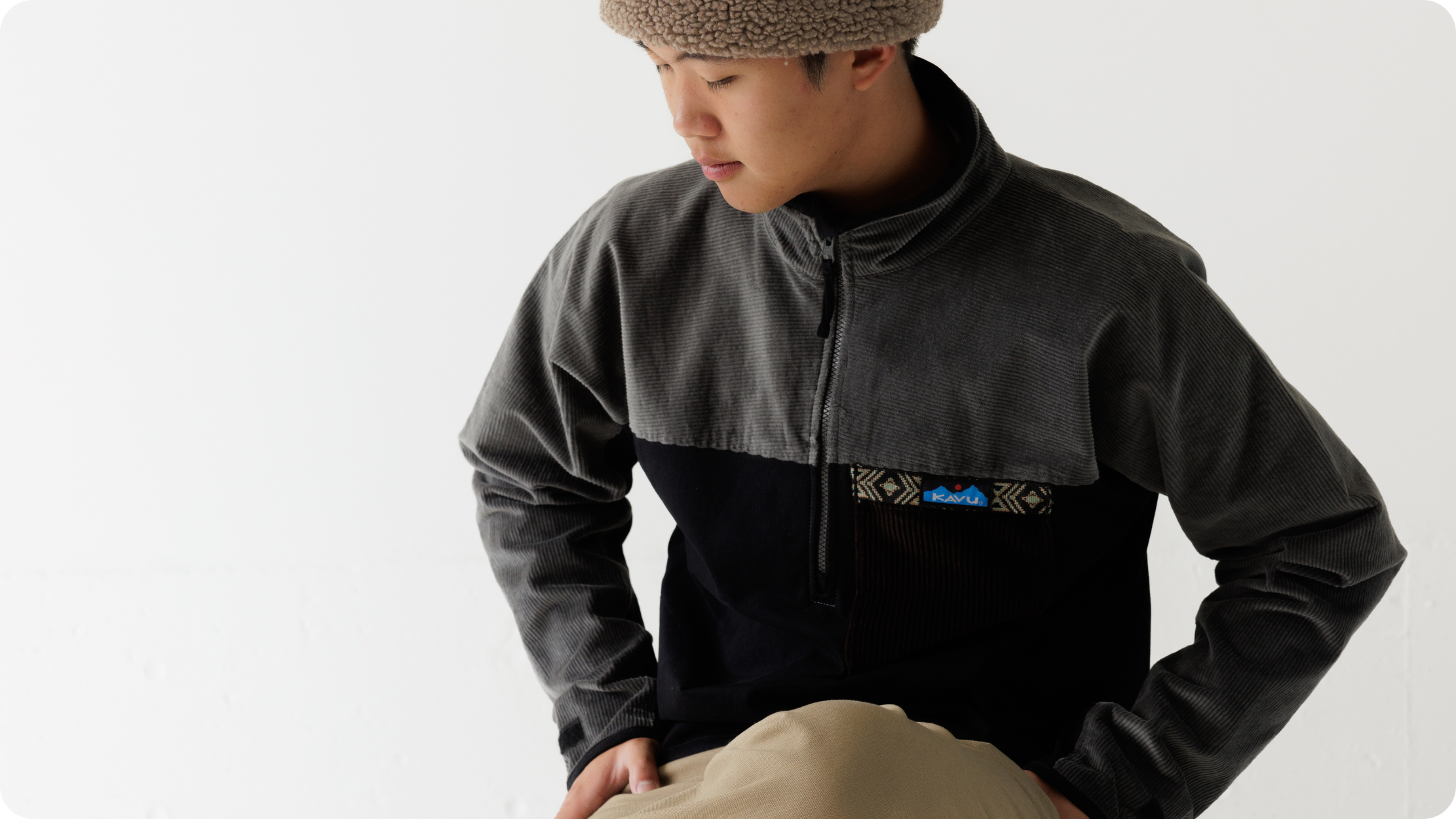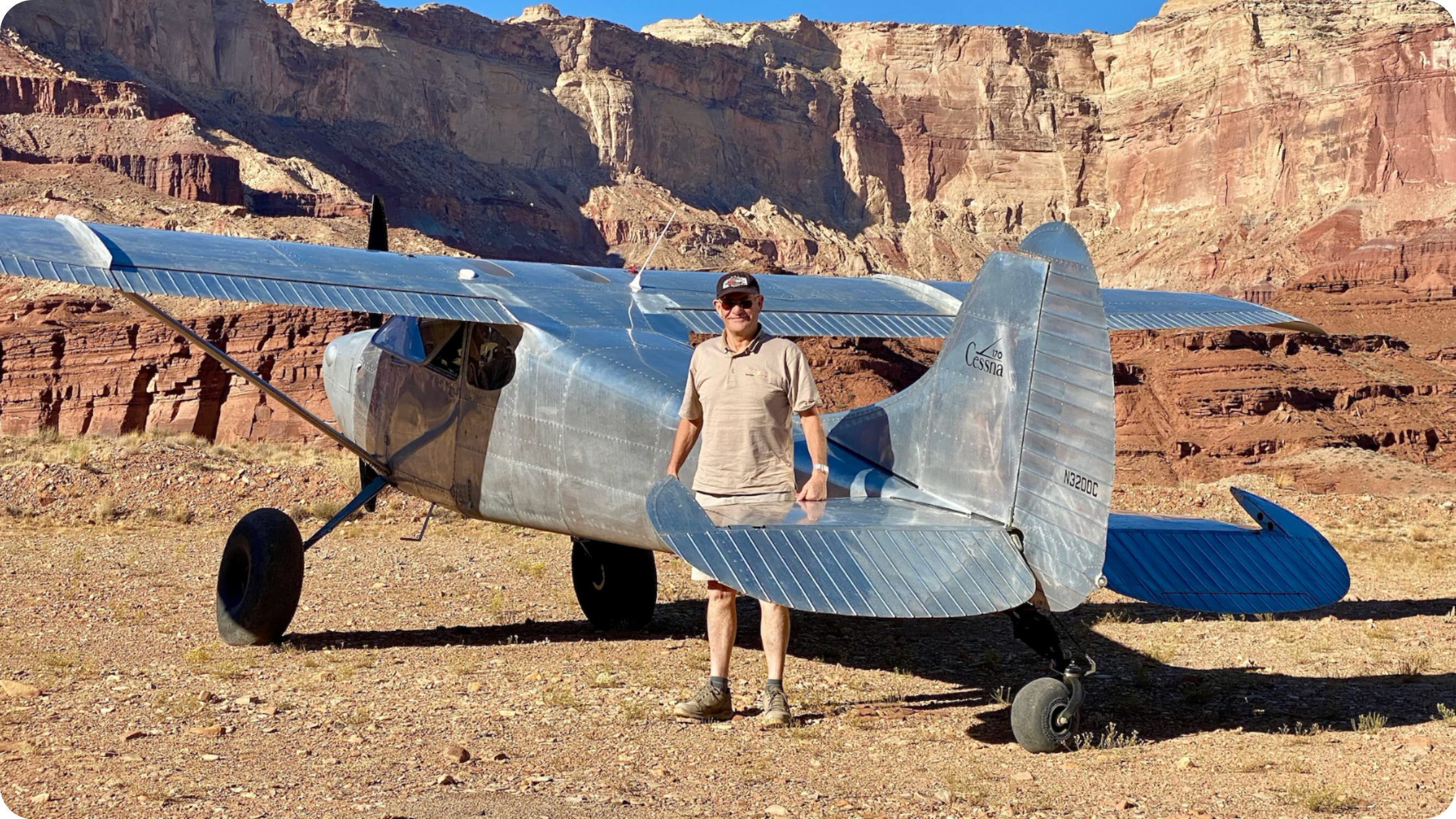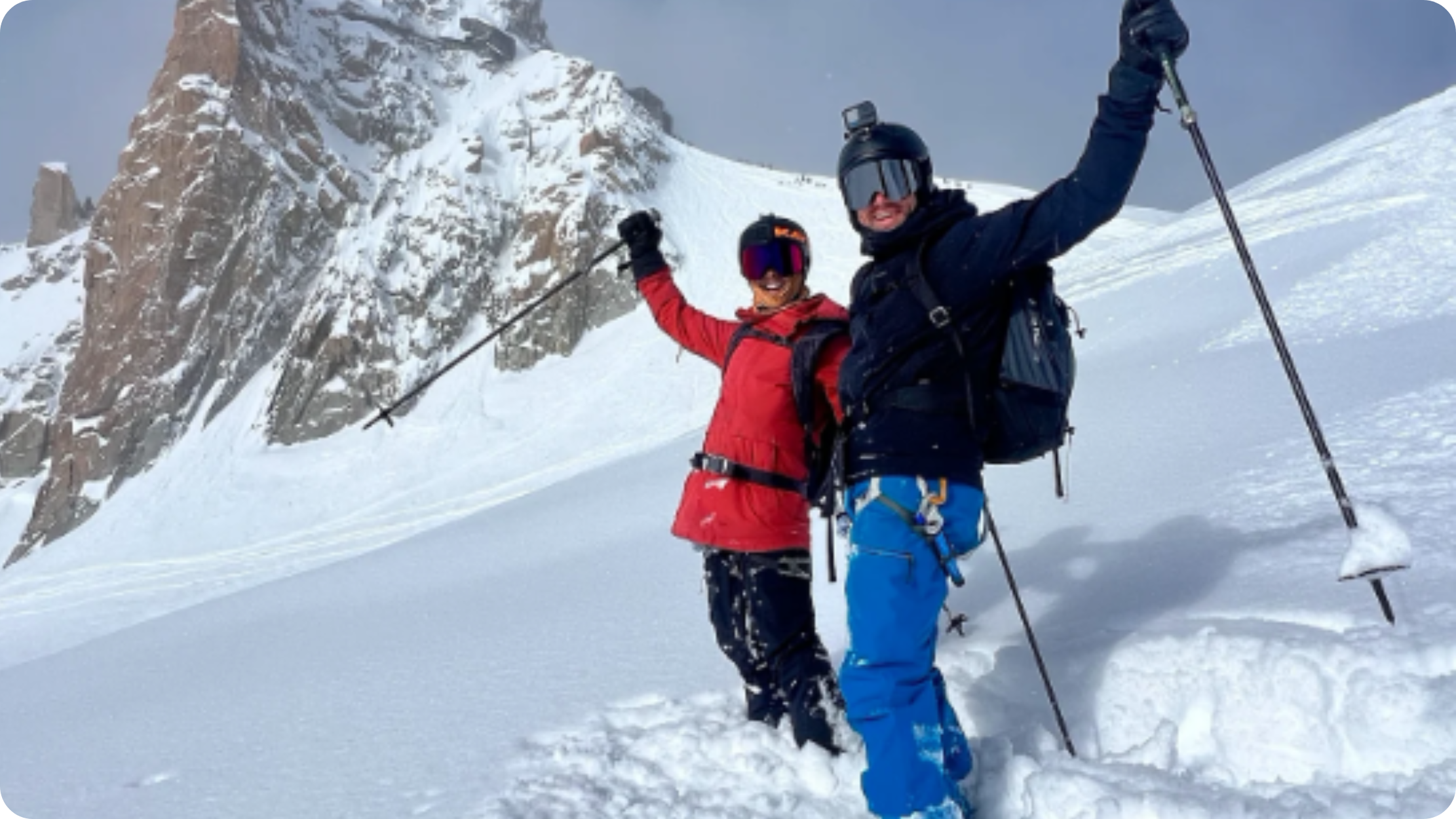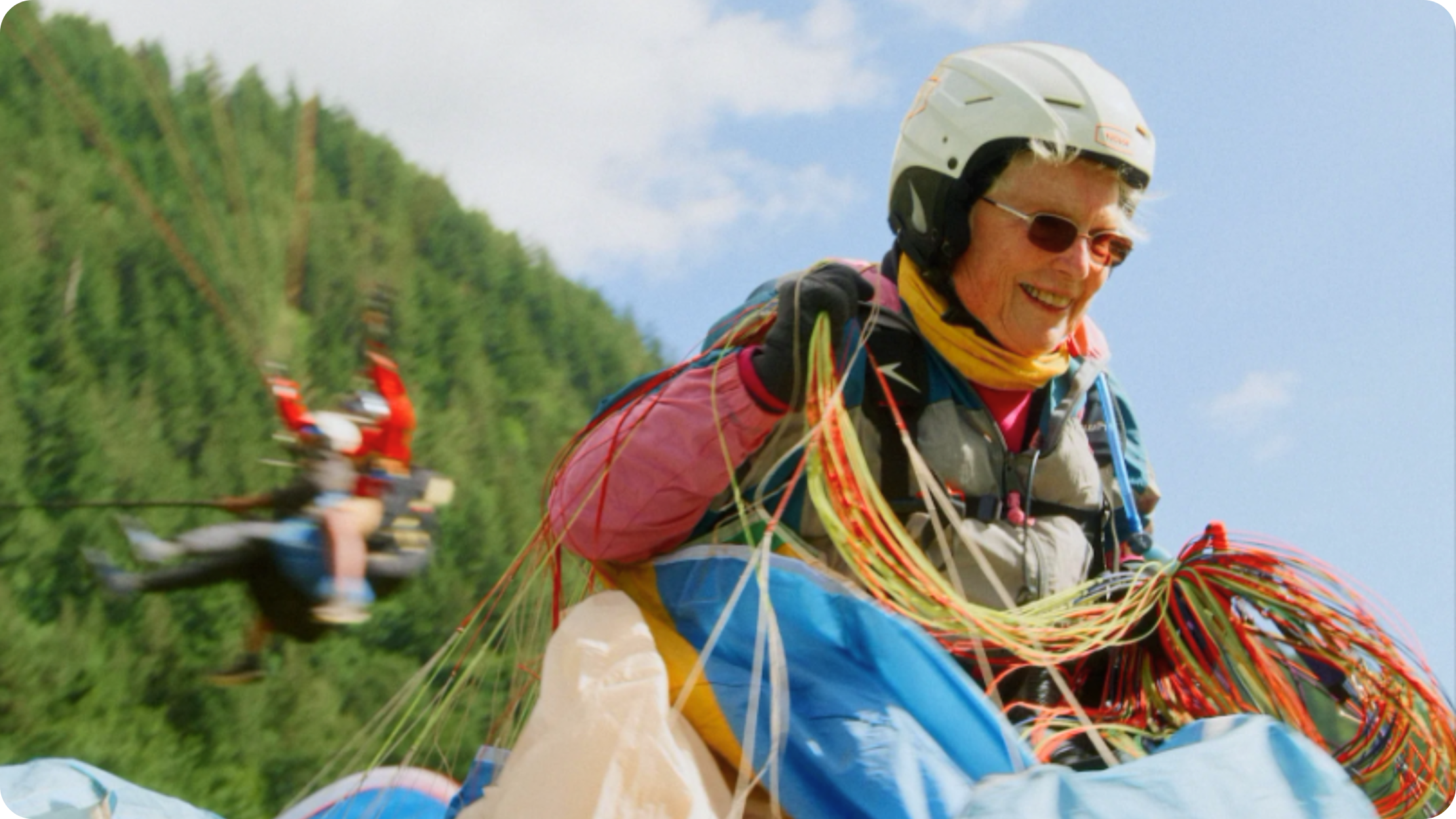From lumberjacks to lead guitarists: the story of the humble flannel shirt

The flannel shirt is a true outdoor classic. Simple, warm and highly wearable, these comfortable shirts have been a staple of the KAVU range for years now, and whilst technology might have marched forward a bit since they were first worn, when it comes to casual, reliable shirts, they’re still hard to beat. This is the story behind ‘em…
First things first, it’s probably important to outline just what a flannel shirt actually is. The term flannel shirt gets thrown around pretty loosely these days—used for any shirt with checked or plaid fabric—but the ‘flannel’ bit actually refers to the fabric, and not the pattern.

This flannel stuff originally started out as woven wool—produced as far back as the 17th century. As the mechanisation of the industrial revolution took weaving out of cottages and into mills, the weaving process became more complex, allowing wool to be untangled using a method called ‘carding’. This all sounds pretty small-time in today’s high-tech age—but back then this simple step was a big deal and allowed mills to create much more refined clothing—like soft wool blankets, jackets and shirts.
By the 20th century cotton was being woven in a similar way—and some bright folks worked out that if they brushed the fabric it raised the fibres to give a comfortable finish with the warmth of wool, without the itch.

Whilst wool was still the go-to wet weather fabric for hunting jackets and overshirts—worn everywhere from the highlands of Scotland to the damp woodland of the Pacific Northwest thanks to it’s ‘sort-of-waterproof-in-a-way’ qualities—these lighter, brushed-cotton flannel shirts made the perfect midlayer. Without stating the obvious, they were a fair bit more wearable than their wool counterparts—meaning they could be worn right through the year.

Like jeans, these brushed flannel shirts were originally seen as workwear—the preserve of railroad workers, ranch hands and pancake-scoffing lumberjacks—but as outdoor pursuits became more popular and more accessible in the post-war years, they became worn for far more than just hard graft.
In an age before technical fabrics and synthetic fleece, a flannel shirt was a vital part of the outdoor wardrobe. Rock climbers wore ‘em, the early mountain bike pioneers wore ‘em and fishermen wore ‘em. Flick through an old copy of the National Geographic and chances are that you’ll find a photo of someone in a flannel shirt, a pair of jeans and some hiking boots whilst they proudly hold a geode or point at a large redwood tree.

Worn for both work and play, these functional shirts were a fixture of outdoor life—but by the late 80s their humble, attainable nature meant they were starting to attract a different following, as a new wave of distortion-heavy rock bands from Seattle and the surrounding towns looked for affordable, gimmick-free gear to set themselves apart from the glam excess of hair metal.
In the same way that British indie bands of the 1980s raided charity shops for suit trousers and cardigans, or California’s so-called paisley underground scene reinvented the hippy styles of the 60s, the grunge bands of the Pacific Northwest worked with what they had—pilfering the rails of logging town thrift stores for plaid shirts, worn-out jeans and scuffed work boots.
The image of Kurt Cobain collapsed against a drum kit with flannel a’flying has etched its way firmly into public consciousness—Blu-tacked to teenage bedroom walls and endlessly shared on Instagram moodboards—but the Nirvana singer was just the tip of the brushed flannel iceberg.
Whilst grunge was a pretty broad church which stretched from radio-friendly Pearl Jam ballads to the heavy chug of Tad, the flannel shirt was an omnipresent constant across the genre—a regular sight in the black and white 35mm photos that documented the scene.
Whilst grunge was a pretty broad church, the flannel shirt was an omnipresent constant across the genre.
Originally anti-fashion, both the sound and the clothing which defined grunge quickly became co-opted by the mainstream, and it wasn’t long before TV crews and magazine editors were scrambling around to try and explain the ‘grunge phenomenon’ to the masses. As is often the way with underground movements, what started out as an outfit born of necessity was paraded down runways as the hot new look.
That said, the flannel shirt was never really blown out, probably for the simple reason that they still just worked—and whilst they might have had a moment in the limelight, unlike the often forgotten ‘shorts-over-long-johns’ element of ‘the grunge look’, they endured far beyond fad.

It was around this time that KAVU became a fully-fledged brand—going from a DIY operation selling hats at trailheads to something you could buy at outdoor stores across the northwest. As an outdoor clothing company based in Seattle—a city nestled between the Puget Sound inlet, the Mt Baker Snoqualmie National Forest and Mt Rainier National Park—it was a no brainer to make flannel shirts, and alongside signature designs like the Throwshirt and the Strapcap, plaid shirts in various forms have been a fixture of the range since back in the early days of KAVU.

Today the song remains very much the same. From the button-down Buffaroni Shirt to the seriously useful Northlake Shirt (complete with those sneaky handwarmer pockets)—these things are guaranteed to get a lot of wear, whether you’re chopping down trees, heading out for a hike or stepping onto a SuperFuzz distortion pedal.


